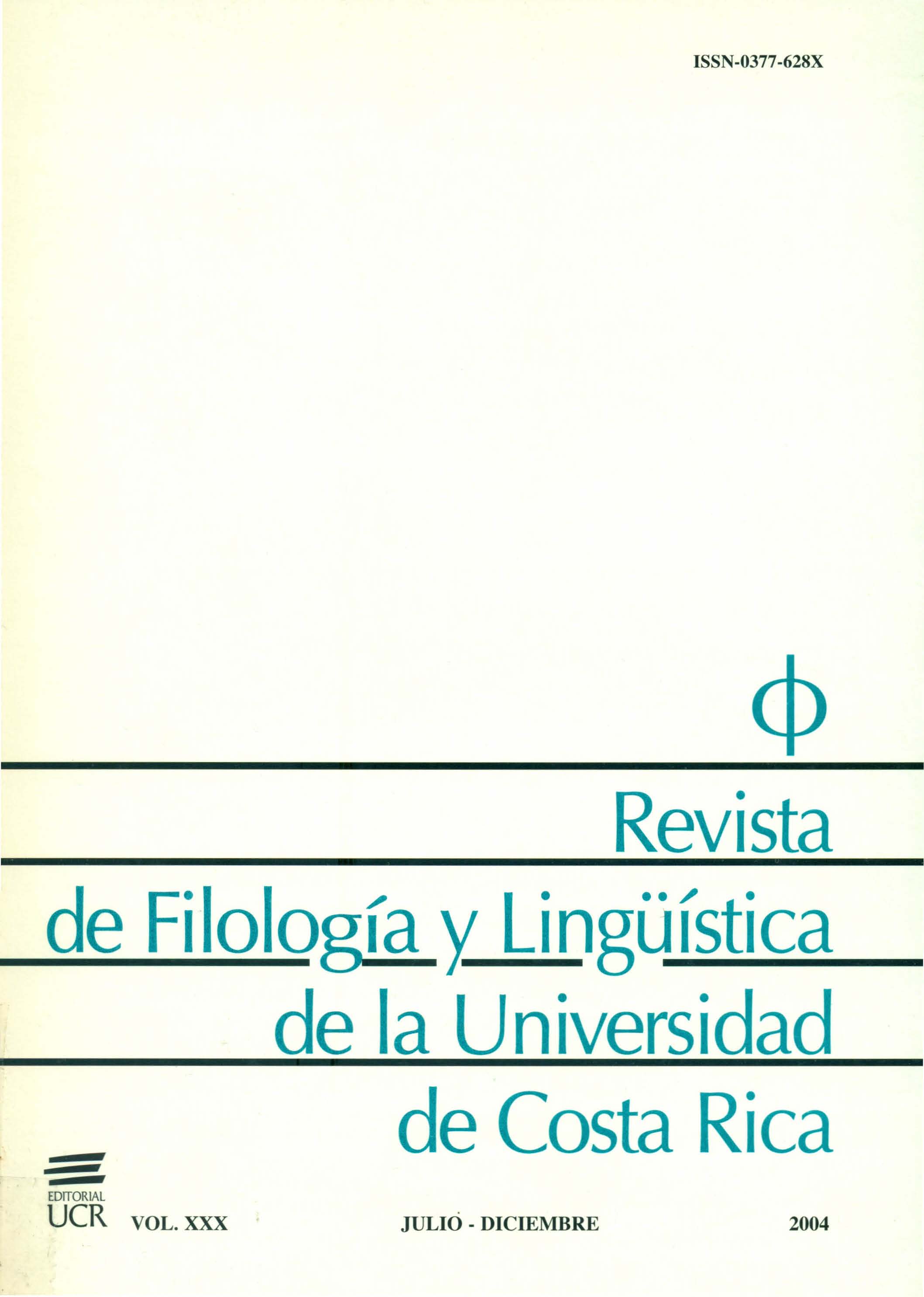Abstract
This work will consider two important points in the Spanish morphology. First, to contribute an adapted description for a series of words that appears to be between affixation and composition. Second, thanks to this description, it will show the relevance that the morphologic process of secretion and its units (combining forms) have in the creation of new words in the Spanish lexicon. Also, this morphological process of secretion is a clear reflection of the pragmatic motivations used by the speakerlistener of a language with the purpose of manipulating morphologic processes and creating from this manner a new lexicon and linguistic connotations in the language.
References
Aronoff, Mark. 1976. Word Formation in Generative Grammar. Cambridge, Mass: MIT Press.
(1994). Morphology by itself: stems and inflectional classes. Cambridge: MIT Press.
Bybee, Joan L. 1985. Morphology. A study of the relation between meaning and form. AmsterdarnlPhiladelphia: John Benjamins Publishing Company.
Cantero, M. 2001. La morfopragmática del español. Muenchen: Lincom Europa.
Dressler Wolfgang U. y Lavinia M. Barbaresi. 1987. "Elements ofMorphopragmatics". Paper presented at the Intemational Pragmatics Conference, Antwerp.
Scalise, Sergio. 1984. Generative Morphology. Dordrecht: Foris Publications.
Warren, Beatrice. 1990. ''The Importance of Combining Forms". Contemporary Morphology. Berlin-NY: Mouton de Gruyter.

